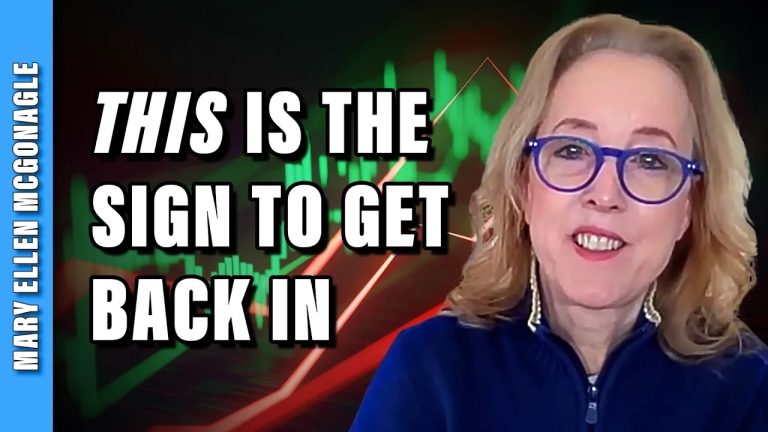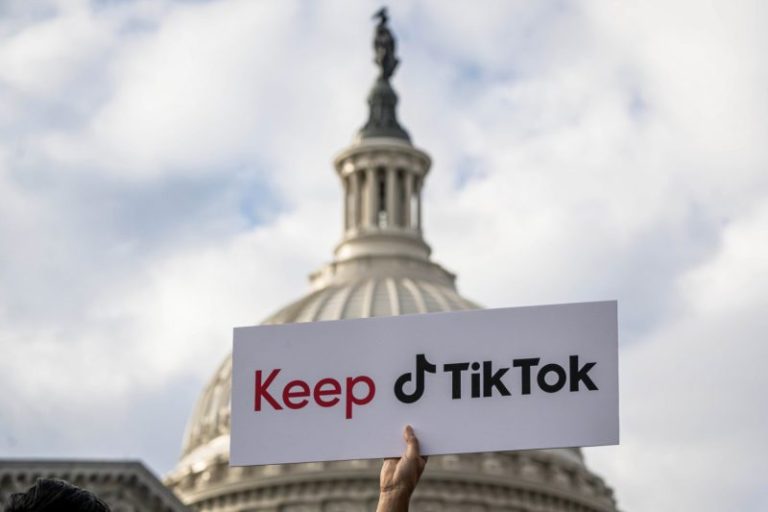The United Auto Workers just notched a historic victory in Tennessee, the union’s first major win since signing new contracts in Detroit as it shifts focus to the South. Some industry workers there feel more optimistic than ever, but others still aren’t ready to join up.
Friday’s landslide outcome at the Chattanooga Volkswagen plant, where 73% of workers who cast votes opted to unionize, followed two failed attempts and is the UAW’s first win at a foreign automaker in the South.
The breakthrough came months after strikes at the Big Three Detroit automakers — Ford, General Motors and Jeep maker Stellantis, all of which have long been unionized. Those walkouts led to contracts, ratified by 64% of voting union members, featuring pay hikes and better job security in an increasingly electrified auto industry.
The UAW is now targeting 13 nonunion automakers, with the next battle set for a Mercedes-Benz plant in Vance, Alabama, that will vote on unionizing in mid-May.
“We’ve got the lead,” said Jeremy Kimbrell, a measurement machine operator at the plant who isn’t daunted by a climate some expect to be tougher for labor organizers than Tennessee’s.
All Southern states have “right to work” laws allowing workers to opt out of union participation, contributing to membership rates that lag behind the national 10% average. While Volkswagen remained neutral in the Chattanooga campaign, six Southern GOP governors, including Alabama’s, slammed it, warning of potential layoffs to offset higher labor costs.
Kimbrell said he and some of his colleagues have been required to watch videos outlining the potential downsides to union membership, adding that management has sought to limit group discussion of the issues.
A Mercedes-Benz factory in Vance, Ala., in June 2017. The plant faces a union vote in May.Andrew Caballero-Reynolds / AFP via Getty Images file
Employees at the Vance plant filed federal charges against Mercedes, alleging it retaliated against pro-union workers by denying some paid family leave and taking disciplinary action for minor infractions. In February, the Department of Labor recovered nearly $440,000 in back wages and unpaid bonuses for two plant workers who were terminated after taking federally covered leave.
A Mercedes spokesperson said the company “holds meetings where multiple business topics are covered” and would “continue to share facts and opinions through open and direct communication” so staffers could make an informed choice. The company has said it cooperated with regulators but denied violating federal rules or wrongfully terminating workers.
We’re going to see a huge change in the balance of power in the South.
Kate Bronfenbrenner, Cornell University School of Industrial and Labor Relations
Kimbrell, who has worked at the Alabama facility for over 20 years and volunteers on the organizing committee, said he’d long doubted that unionizing was “ever gonna happen.” Now he’d be surprised if it didn’t: “There’s no doubt that people on the floor think we’re going to win.”
Some labor experts also foresee the momentum continuing.
“We’re going to see a huge change in the balance of power in the South once you have powerful unions who can leverage change in public policy in those states,” said Kate Bronfenbrenner, director of labor education research at the Cornell University School of Industrial and Labor Relations. “The gains that happened in 2023 moved people into middle class jobs,” she said, and workers everywhere see it.
But not all of them have been won over.
Omari Roundtree, who works as a trim specialist at a Honda plant in Maryville, Ohio — and has a brother who works at the Chattanooga VW plant — said his skepticism since speaking to NBC News in October hasn’t shifted much. He still hasn’t seen enough of the benefits of unionizing to overcome his mistrust of the UAW, stemming from his father’s experience working for a GM supplier in the 1990s.
“Maybe if there was an offshoot or another [union] that was created,” said Roundtree, 33, “but I don’t necessarily trust the characters and actors from that organization.”
The UAW’s president, Shawn Fain, has sought to refresh its image after sweeping into power on an anti-establishment platform following a high-level corruption scandal. Some supporters said they see the UAW’s push beyond Detroit as Fain making good on his campaign promises.
United Auto Workers President Shawn Fain is pushing to expand the union in states with tougher terrain for labor groups.John J. Kim / Chicago Tribune via Getty Images file
In a news conference Tuesday, Fain appealed to members who question the UAW’s Southern strategy and the use of their dues to support it, saying, “This ain’t charity, this is power.”
Fain also touted the “UAW bump” — pay raises at nonunion firms after the Big Three strikes — and described nationwide membership growth as an important tool to maximize the union’s clout.
“In 2028, we’re going back to the table with Ford, GM and Stellantis,” he said. “If we want the leverage to win back our pensions and retirement health care, we need to organize the unorganized.”
James Bryant, a 52-year-old vehicle inspector at a Nissan plant in Canton, Mississippi, said the automaker rolled out “the biggest raise that they’ve ever given us” after the UAW finalized its Big Three contracts last fall, boosting his hourly pay to $34.62 from $31.47.
Bryant said he was heartened by the Volkswagen vote and believes it will help energize skittish co-workers at the Canton plant, which voted down a 2017 union bid after a heated campaign that drew national attention.
If Mercedes passes their union vote, Nissan might as well not even put up a fight.
James Bryant, Nissan plant worker, Canton, Miss.
“We are still going to be so far behind everybody else” due to the annual wage progression the UAW negotiated with the Big Three, he said. “If Mercedes passes their union vote, Nissan might as well not even put up a fight.”
A Nissan spokesperson said the company respects workers’ right to organize but said, “For more than forty years, when Nissan employees have exercised their voices, they have chosen overwhelmingly to continue representing themselves.”
Some Southern autoworkers said they’re already seeing stronger union interest this year.
In February, the UAW said more than 30% of workers at Hyundai’s auto plant in Montgomery signed union cards. Conbralius Thomas, 37, who works on a multifunctional team there, said he and other volunteers are working with the union to reach 50%. Once 70% of eligible site workers sign cards, the UAW will ask the company to recognize the union or call for a federally overseen vote if it doesn’t.
Hyundai said “the decision to be represented by a union is up to our team members” and pointed to a new pay structure it said would boost hourly wages by 25% by 2028.
For now, Thomas is pleased with the UAW’s efforts. “They’re sticking their necks out and it’s showing,” he said.
This post appeared first on NBC NEWS









